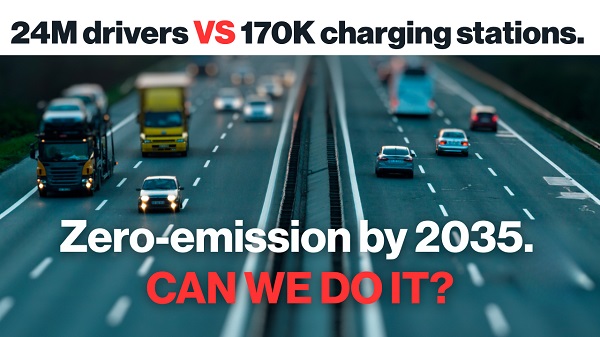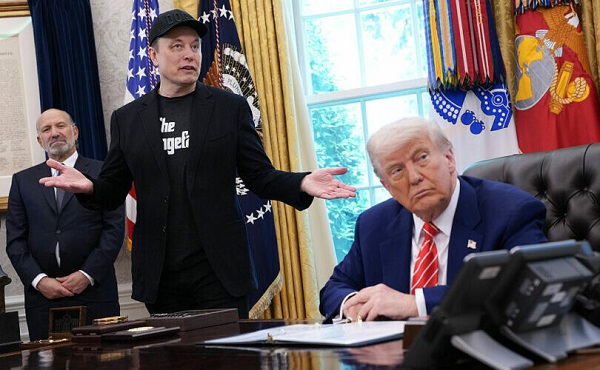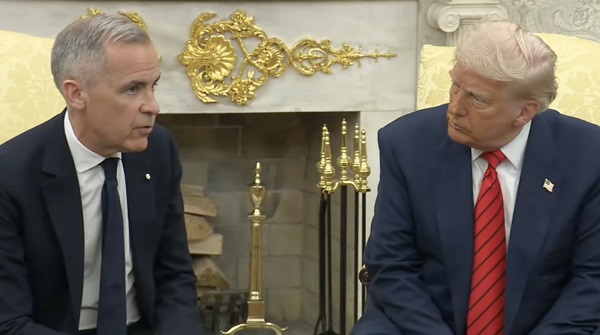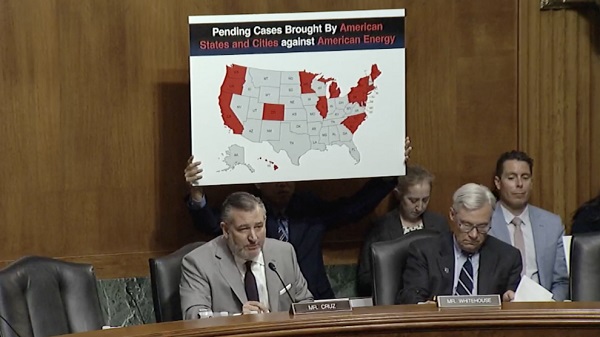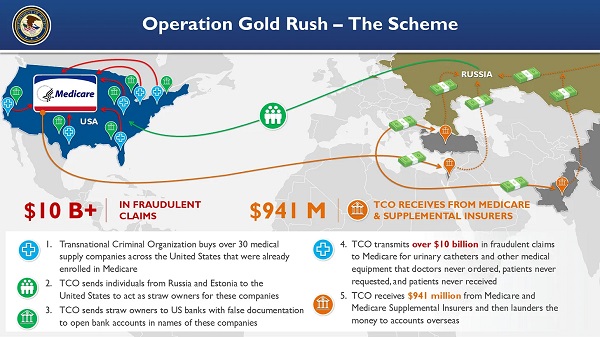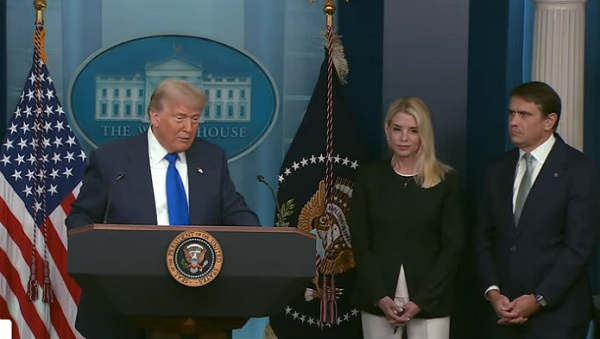Alberta
Future of junior football murky as Covid-19 forces cancellation of season

This simple equation is perhaps the easiest way to enter a description of the Wednesday decision, and Thursday public announcement, that the Canadian Junior Football League has dropped all plans for games this year.
CJFL president Jim Pankovich made it clear that the decision by the Prairie Junior Football Conference and allied leagues in Ontario, Quebec and British Columbia supported the decision unanimously.
“Canadian junior football has 18 teams with 18 different ideas — no, make it 18 teams with about 50 ideas — but this was a combined decision and every organization had a chance to provide input,” Pankovich continued. “It has been a long process.”
The Edmonton Huskies, Edmonton Wildcats and Calgary Colts are affected by the decision. All teams were part of the national negotiation.
Coupled with a previous USports decision to wipe out university football across the country in 2020, the junior move leaves only the Canadian Football League as an option for players and fans, with a decision due from the struggling CFL soon, after a bid for $30 million in federal support money is evaluated.
Pankovich, Prairie Football Conference leader Curtis Craig and Edmonton Huskies owner Bob Bula mentioned in separate telephone conversations Thursday afternoon that the COVID-19 regulations made it impossible to consider a 2020 season. All three mentioned the importance of keeping players involved .
“:Small-group sessions and skill-specific training” were mentioned by Pankovich as a necessity for all teams. He and others mentioned that the game is as important for the lessons it provides to young males as it is for the actual on-field competition.
As soon as the announcement became public, there was serious suggestion that high school players hoping to move into junior ranks and current juniors designing their athletic future around possible participation in university programs.may run into traffic jams because eligibility issues are more complicated than before.
Huskies head coach Iain MacLean agreed fully with the decision: “it’s about the safety of our players and all the others who would have to work with us during the virus.”
He lamented that “this will be the first year of my life without a football season since I was 10 years old” and suggested there will be less pressure than anticipated on young players competing against more potential teammates than usual.
“I wouldn’t be surprised if quite a few of the young guys just stop playing,” he added, “and I think a lot of coaches will be considering the same thing.”
Bula insisted that there was no opposition to government regulations that limit the number of persons — 50 in any on-field cohort at one time — able to participate in games. “We might need as many as 100 or more, including other staff.”
Craig, who also is vice-president of the national governing body, said no Prairie team has the potential to develop a “hub” similar to those now employed by the National Hockey League and National Basketball Association.
Agriculture
Lacombe meat processor scores $1.2 million dollar provincial tax credit to help expansion
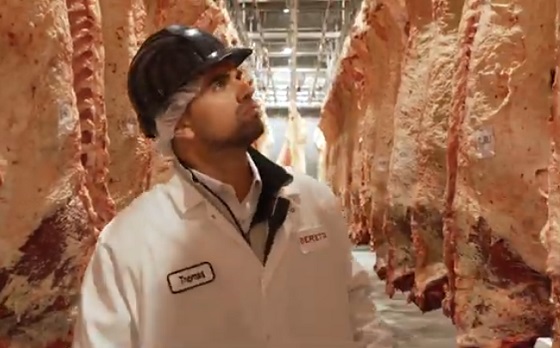
Alberta’s government continues to attract investment and grow the provincial economy.
The province’s inviting and tax-friendly business environment, and abundant agricultural resources, make it one of North America’s best places to do business. In addition, the Agri-Processing Investment Tax Credit helps attract investment that will further diversify Alberta’s agriculture industry.
Beretta Farms is the most recent company to qualify for the tax credit by expanding its existing facility with the potential to significantly increase production capacity. It invested more than $10.9 million in the project that is expected to increase the plant’s processing capacity from 29,583 to 44,688 head of cattle per year. Eleven new employees were hired after the expansion and the company plans to hire ten more. Through the Agri-Processing Investment Tax Credit, Alberta’s government has issued Beretta Farms a tax credit of $1,228,735.
“The Agri-Processing Investment Tax Credit is building on Alberta’s existing competitive advantages for agri-food companies and the primary producers that supply them. This facility expansion will allow Beretta Farms to increase production capacity, which means more Alberta beef across the country, and around the world.”
“This expansion by Beretta Farms is great news for Lacombe and central Alberta. It not only supports local job creation and economic growth but also strengthens Alberta’s global reputation for producing high-quality meat products. I’m proud to see our government supporting agricultural innovation and investment right here in our community.”
The tax credit provides a 12 per cent non-refundable, non-transferable tax credit when businesses invest $10 million or more in a project to build or expand a value-added agri-processing facility in Alberta. The program is open to any food manufacturers and bio processors that add value to commodities like grains or meat or turn agricultural byproducts into new consumer or industrial goods.
Beretta Farms’ facility in Lacombe is a federally registered, European Union-approved harvesting and meat processing facility specializing in the slaughter, processing, packaging and distribution of Canadian and United States cattle and bison meat products to 87 countries worldwide.
“Our recent plant expansion project at our facility in Lacombe has allowed us to increase our processing capacities and add more job opportunities in the central Alberta area. With the support and recognition from the Government of Alberta’s tax credit program, we feel we are in a better position to continue our success and have the confidence to grow our meat brands into the future.”
Alberta’s agri-processing sector is the second-largest manufacturing industry in the province and meat processing plays an important role in the sector, generating millions in annual economic impact and creating thousands of jobs. Alberta continues to be an attractive place for agricultural investment due to its agricultural resources, one of the lowest tax rates in North America, a business-friendly environment and a robust transportation network to connect with international markets.
Quick facts
- Since 2023, there are 16 applicants to the Agri-Processing Investment Tax Credit for projects worth about $1.6 billion total in new investment in Alberta’s agri-processing sector.
- To date, 13 projects have received conditional approval under the program.
- Each applicant must submit progress reports, then apply for a tax credit certificate when the project is complete.
- Beretta Farms has expanded the Lacombe facility by 10,000 square feet to include new warehousing, cooler space and an office building.
- This project has the potential to increase production capacity by 50 per cent, thereby facilitating entry into more European markets.
Related information
Alberta
Alberta Next: Alberta Pension Plan

From Premier Danielle Smith and Alberta.ca/Next
Let’s talk about an Alberta Pension Plan for a minute.
With our young Alberta workforce paying billions more into the CPP each year than our seniors get back in benefits, it’s time to ask whether we stay with the status quo or create our own Alberta Pension Plan that would guarantee as good or better benefits for seniors and lower premiums for workers.
I want to hear your perspective on this idea and please check out the video. Get the facts. Join the conversation.
Visit Alberta.ca/next
-

 armed forces1 day ago
armed forces1 day agoCanada’s Military Can’t Be Fixed With Cash Alone
-

 Alberta1 day ago
Alberta1 day agoCOVID mandates protester in Canada released on bail after over 2 years in jail
-

 International1 day ago
International1 day agoTrump transportation secretary tells governors to remove ‘rainbow crosswalks’
-
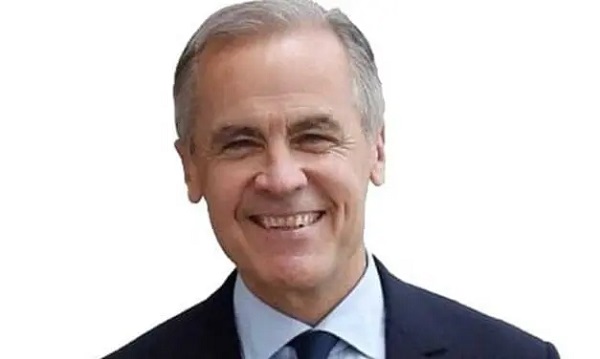
 Business1 day ago
Business1 day agoCarney’s spending makes Trudeau look like a cheapskate
-

 Business1 day ago
Business1 day agoCanada’s loyalty to globalism is bleeding our economy dry
-

 Alberta1 day ago
Alberta1 day agoAlberta Next: Alberta Pension Plan
-

 Crime2 days ago
Crime2 days agoProject Sleeping Giant: Inside the Chinese Mercantile Machine Linking Beijing’s Underground Banks and the Sinaloa Cartel
-

 C2C Journal1 day ago
C2C Journal1 day agoCanada Desperately Needs a Baby Bump
